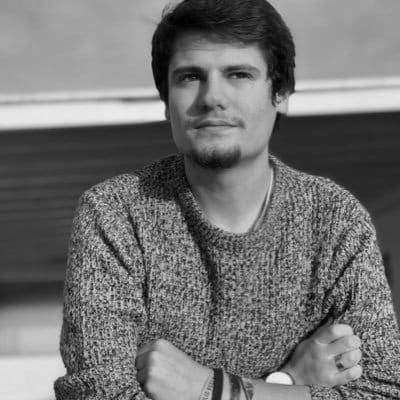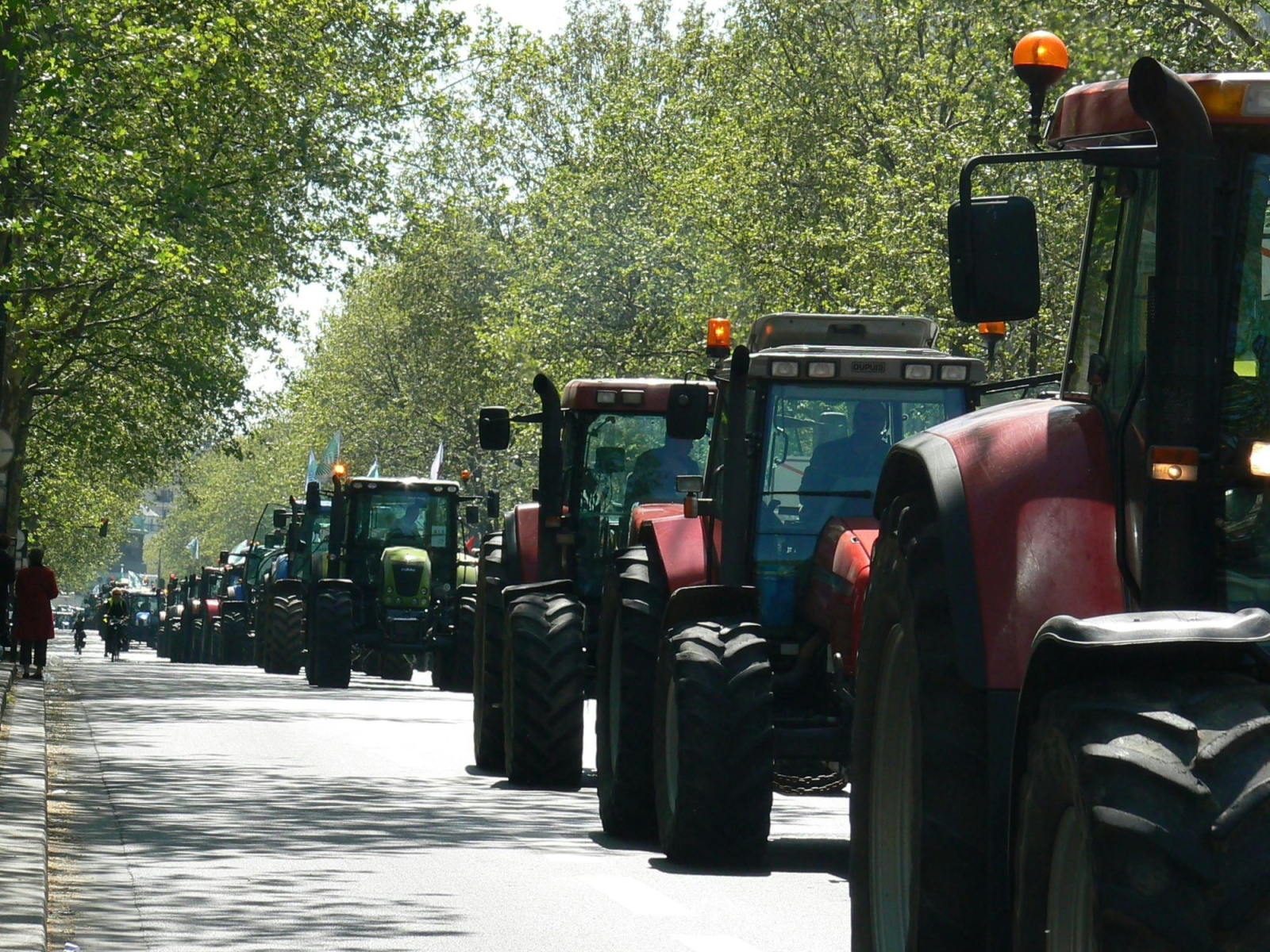We are nearly a month into the protests held by farmers all over Europe. Originating in Germany over a budget issue – the Scholz government, struggling with a 17 billion deficit, has cut fuel aids – they have become a continental phenomenon. In Italy, tractors, now symbol of the movement, began blockading roads in early February.
The root reasons for the protest are clear. In 15 years, between 2005 and 2020, 5.3 million farms in Europe have shut down. In the same time frame in Italy, businesses in the sector have halved: in 2022 alone, 3,623 farms, most of which small businesses, had to give up. In short, the underlying cause is the crisis in the sector. But getting a sense of the demands of those protesting is not as easy.
In Italy, tractor marches are largely spontaneous, convened by improvised committees. Traditional trade organizations – Coldiretti, Confagricoltura, CIA – are not only kept on the sidelines, but harshly criticized on the streets. The highlights of the protest, in short, vary depending on the territories, the group to which they belong, and the political views of the individual farmer. There are, however, some common points.
Paolo Giarretta is a dairy farmer. He owns 250 dairy cows and has been leaving his farm for days to protest. He is in charge of the Comitato Agricoltori Traditi in Lombardia (Betrayed Farmers Committee), one of the most prominent newborn unions in this wave of marches and roadblocks. “The European Union has been a pain in the ass over uncultivated land: they want to pay us not to farm, it's absurd. And then we have the diesel problem, which costs too much, and plant protection. The government, making decisions on excise duties, is also to blame. And the agricultural unions don't help.”
This triplet – the EU, the government and trade organizations – is singled out by everyone as responsible for the woes of the agribusiness sector. Paola Ponzo, head of the committee in Piedmont, also points her finger. Unlike Giarretta, she is not a businesswoman in the sector, but features among the movement's local leaders. She introduces herself as a long-time associate of Danilo Calvani, the former spokesman of the Forconi movement that briefly ignited Italy in 2012, and former founder of the Lega in Lazio, now the main face of the tractors’ movement. “I know what the farmers are telling me,” she explains. “The reasons for the discomfort are deep: for a long time we have seen European diktats that don't sit well with those who work in the sector. There is a lot of anger toward the agricultural unions [the trade organizations, ed.], people don't feel represented. Farmers feel hopeless, many of them are knee-deep in debt. I’ve been hearing from small business owners who, out of frustration, go as far as self-harm.”
For all of them, the crisis in the sector is the effect of a combination of national and EU policies. “If people pay my milk only 50 cents a litre, how can I make a living?” concludes Giarretta.
What the protesting farmers are demanding
Matteo Perra is 21 years old and the owner of a small farm in Veneto. He is primarily involved in winemaking, but has recently added some livestock to his business: goats and poultry. “We have been farmers for six generations," he explains. Perra is among the spokesmen for Agricoltori Italiani – Uniti si vince, a union that aims to bring together all the committees that have arisen in recent weeks around the country. “We started out with a congress in Pescara, where delegates from all the regions showed up.” At that same meeting, participants approved a seven-point document.
The demands include some innovations compared to the issues that have dominated the public debate for the past few weeks, and also some noticeable omissions. First and foremost, the group calls for action on production costs, a stop to any increase in diesel fuel, a debt moratorium and compensation for milk quota fines, which were much talked about a few years ago.
Debureaucratization of procedures for accessing European funds is also an issue, along with shortening supply chains (“we want mandatory Italian raw materials for cafeterias,” Perra explains), better labeling that enhances the local, and revision of Law 102/2004, which regulates compensation for hail and other natural disasters. “We don't want assistance, we want to work,” Perra continues.
Pesticides, debt and synthetic meat
The European Union has met the tractor demands by weakening green policies. The von der Leyen Commission suspended the 4 percent set-aside requirement for nutrient regeneration for another year and watered down targets on pesticide reduction. Precisely the 4 percent standard is the first problem pointed out by Giarretta. Paola Ponzo also sees this as good news, however, she points out, “These are just sop.”
More nuanced is Perra's position: “These are distractions. We have other problems. Sure, we lack many of the molecules [banned pesticides, ed.] to fight pests, the products we can use today are less efficient. But if we have useful measures to survive, like the ones I mentioned earlier, we will manage.” What do you think about the opposition between farmers and ecologists? “Farmers are the first ecologists. When a farm shuts down, a piece of land stops being taken care of. The government should listen to us, and not to organizations that only serve their own interests.”
The tractor movement is chaotic. The analysis and demands vary depending on the realities, the territories, and the individual respondent. One issue, debt, appears to be crucial among the seven points of the United Farmers committee, but sadly only on the fringes of the debate so far. Trade associations, Coldiretti in the lead, invite the public to lash out instead against synthetic meat, cricket meal, photovoltaics.
For now, those protesting have won on their more markedly anti-ecological demands – pesticide use and putting a stop to crop rest – and lost on the more progressive issues – limits on imports and free trade, shortening supply chains. Only time will tell if and how the movement will evolve.
This article is also available in Italian / Questo articolo è disponibile anche in italiano
Image: Pexels



